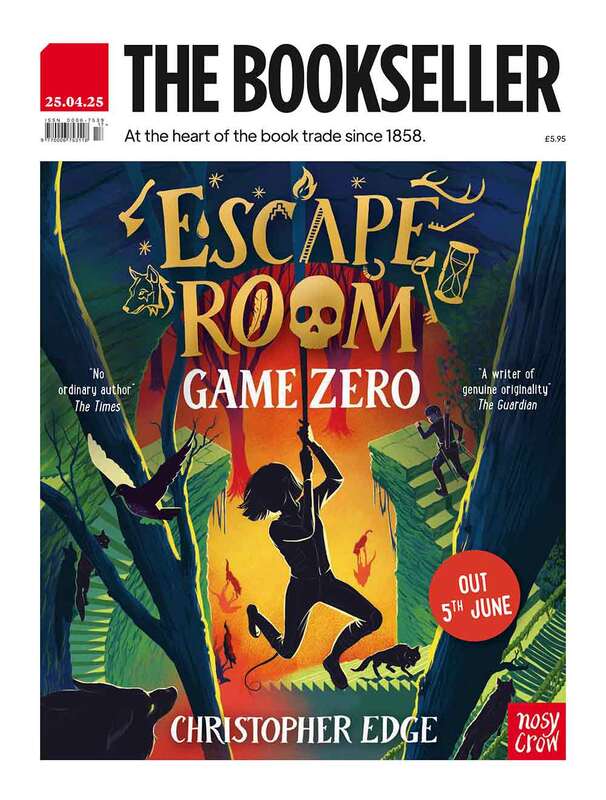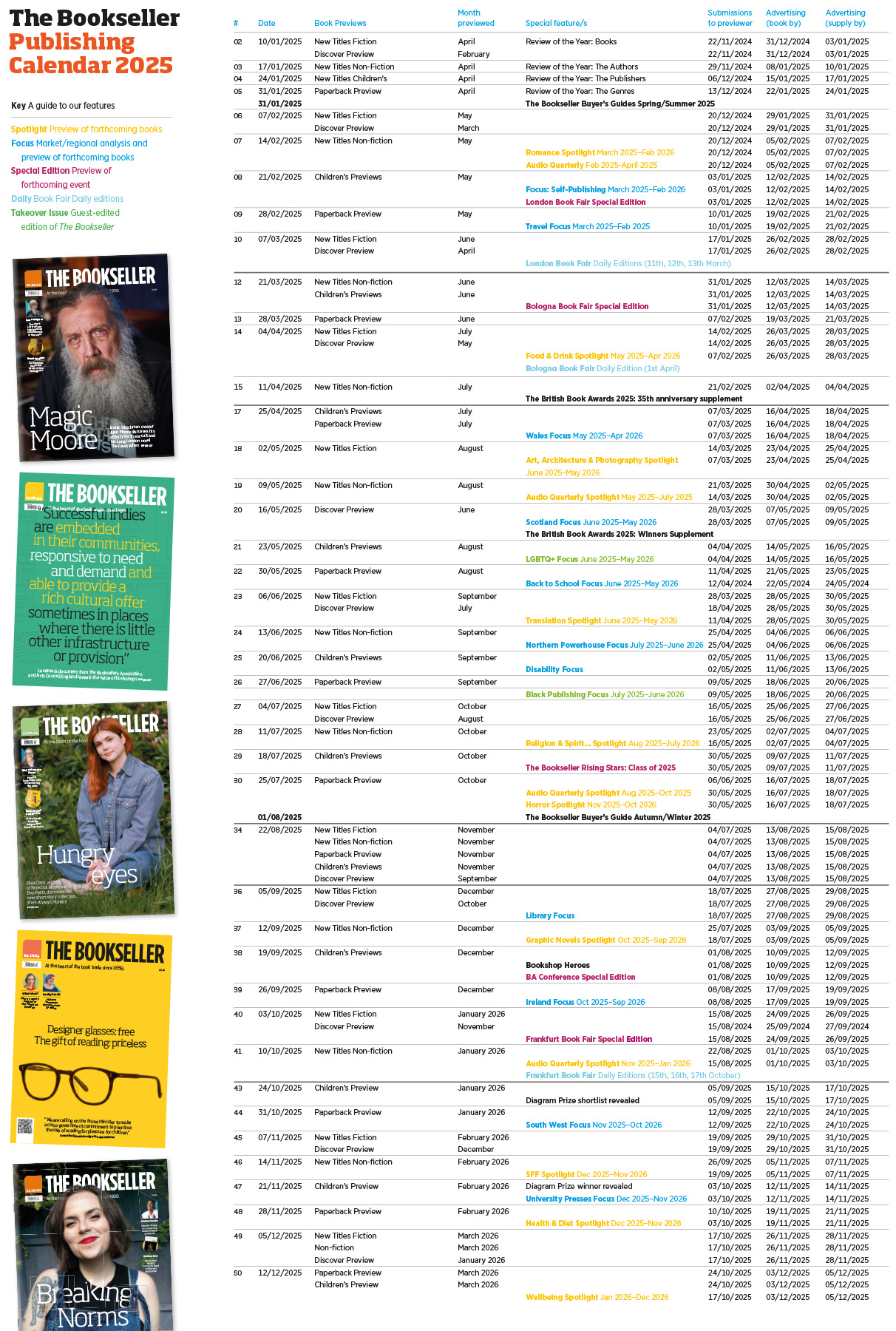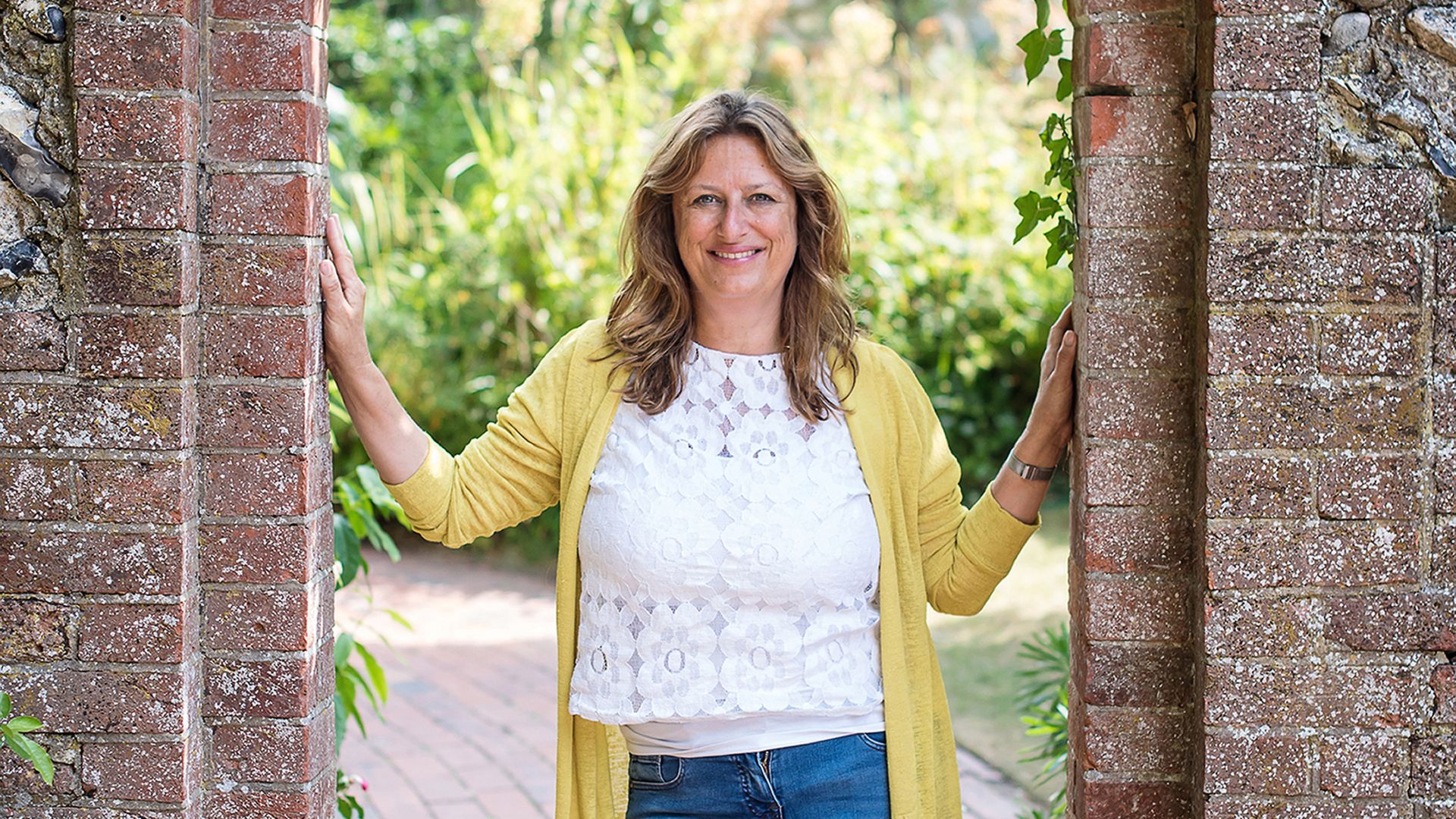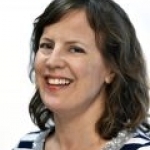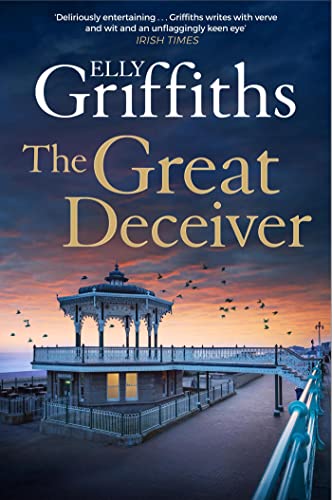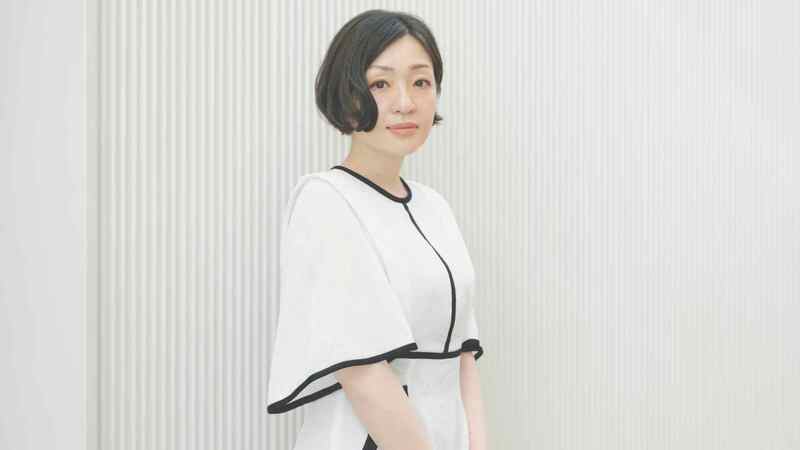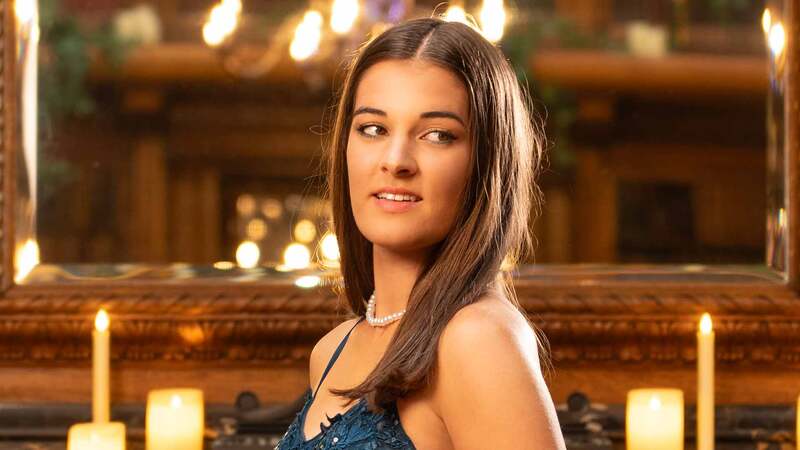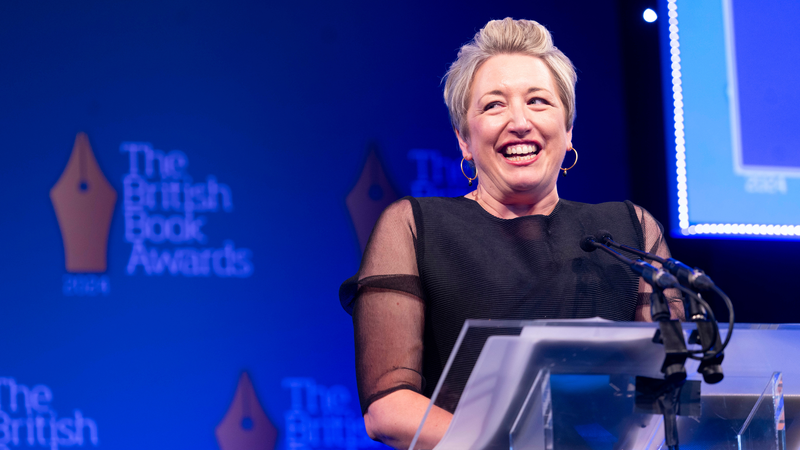You are viewing your 1 free article this month. Login to read more articles.
Crime writer Elly Griffiths reflects on her Brighton Mysteries series
Elly Griffiths’ seventh Brighton Mysteries title travels back to the 1960s for a magical mystery.
Over Zoom from her home in Brighton, Elly Griffiths shows me a formal black-and-white photograph of a dashingly handsome young man. It is her grandfather, Dennis Lawes, who fought in the First World War and afterwards became a popular music hall comedian. It is he who provided the inspiration for Griffiths’ bestselling Brighton Mysteries series, which began with The Zig Zag Girl, set in 1950, and introduced Detective Inspector Edgar Stephens and his old friend, magician Max Mephisto. The pair served together in the war as part of a shadowy unit called the Magic Men.
When her grandfather died, Griffiths inherited his collection of playbills (posters announcing a theatrical appearance), including one from the early 1950s which listed the fabulously named “Raydini: The Gay Deceiver”. “Now, I don’t know who he was or who he was deceiving but I imagined that he was a magician and really that was the name that sparked this book,” says Griffiths. “I thought about the fact that the ‘great deceiver’ in the Bible is the devil and magicians, including my Max Mephisto, often have quite diabolic names. It is a bit diabolic, isn’t it? You are watching someone on stage, making you doubt your senses, [apparently] mutilating people…”
1966 doesn’t seem that long ago but women’s lives were very different. Women weren’t allowed even to drive police cars until the 1970s
The Great Deceiver, the seventh book in the series, is set in 1966 and opens with Max accosted in London by a man from his past in deep distress. This turns out to be fellow performer Ted English, a.k.a. the Great Deceiver. Ted’s stage assistant, Cherry Underwood, has been found dead in her Brighton boarding house and Ted is convinced he will be the prime suspect. Max agrees to speak to his friend, now Superintendent Edgar Stephens, who is investigating the case. Also involved are Emma Holmes (formerly Edgar’s sergeant, now his wife), who has a private detective agency with freelance journalist Sam Collins; the agency has been hired by the dead girl’s family. As the Brighton police and the private detective duo conduct their separate investigations, which focus on the other boarding-house guests—who are all appearing on the same music hall bill on Palace Pier—they uncover more about the murky world of stage magic. And then another magician’s assistant is found dead…
Besides the mystery, the joys of the pitch-perfect 1960s Brighton setting in all its peeling grandeur, and Griffiths’ warmly drawn characters, there is a pleasing undercurrent of rising feminism in the novel. The women, particularly 19-year-old WDC Meg Connelly, who has a crucial role to play in the investigation, really come into their own. Griffiths observes: “1966 doesn’t seem that long ago but women’s lives were very different. Women weren’t allowed even to drive police cars until the 1970s, they still wore this cumbersome uniform—and they had to take a handbag with them!”
And, as evidenced by Emma Holmes, once the first woman detective sergeant in Sussex, women were expected to give up their jobs when they got married. “Without being too heavy-handed, of course—it’s a lively mystery, I hope—I did want to bring these things in, also because they are part of the plot. [Various characters] use the fact that people don’t expect women to be investigating.”
Interestingly, when Griffiths began the series, it was Max and Edgar’s friendship that formed the core of the novel. She expected that to continue, but by book two Emma Holmes had appeared “and she kind of took over”. Now the women are to the fore, a change in the books which is also reflected in the audiobook narrator, now Beth Eyre. But each Brighton Mystery novel is an ensemble piece, in contrast to Griffiths’ other bestselling series, the present-day, Norfolk-set Dr Ruth Galloway Mysteries, in which the forensic archaeologist is “front and centre… she is the books and they are her.”
I certainly don’t shy away from the grim, although I’m not a writer who writes in detail about violence. But I do hope when people read them there is a sense of comfort
The Dr Ruth Galloway series was well under way and beloved of readers when Griffiths began the Brighton books, and I wonder if she felt any trepidation about moving into historical crime? “I wanted to do something else. And I think the fact that the Brighton Mysteries were so different—set in Brighton, set in the past, a different world—it really did refresh the Ruth [Galloway] books for me.” In fact, she is pretty sure the Dr Galloway series wouldn’t have lasted so long if it hadn’t been for the “palate cleanser” of a new challenge.
“For me it always starts with the characters, and I hope that the characters take me to the plot—that’s the plan, anyhow.” She doesn’t favour too much planning: “I just start with a few ideas and hope it works out. I suppose if having written 28 books has taught me anything, it’s that it might work out in the end.”
Bookseller beginnings
Before she became a full-time novelist, Griffiths had a career in publishing, which culminated in a role as editorial director at HarperCollins Children’s Books, where her authors included Michael Morpurgo and Darren Shan. Her “big break” she says, was getting a job as advertisement assistant at The Bookseller in the late 1980s, when Louis Baum was editor. From there, she was well-placed to spot an advert for a job in publicity at HarperCollins. “I really loved working in publishing, but I think, in a way, it took up a lot of the creative side of me.”
It was while she was on maternity leave in 1998 that she wrote her first novel, The Italian Quarter, which was published under her real name, Domenica de Rosa. Elly Griffiths is her “crime name” adopted for The Crossing Places, the first in the Dr Ruth Galloway series.
Her books are often described as “cosy crime” and I wonder what she thinks of the sobriquet? Griffiths likes her crime-writer friend Lesley Thompson’s analysis of the label: “She said she thought it was how you felt when you read a book. I think my books are actually quite dark… and I certainly don’t shy away from the grim, although I’m not a writer who writes in detail about violence. But I do hope when people read them there is a sense of comfort.”
With the Dr Ruth Galloway series now complete with the conclusion, The Last Remains, the 15th book—“I’ve said it’s the last—for now, anyway”—she plans to take the Brighton Mysteries up to the 1970s, perhaps 10 books in total. She is also working on a brand new series, which Quercus announced in April, set in London’s East End and featuring a police officer who travels back in time to research unsolved crimes. This will launch in 2025.
But in the immediate future, she is looking forward to the world’s most famous crime festival at Harrogate, where she was programming chair in 2017. She is shortlisted for the sixth time (“I think that might be a record… but I am very, very honoured”) for the Theakston’s Old Peculier Crime Novel of the Year, for The Locked Room. The festival is so special, she thinks, due to its friendliness and everybody mixing together. “There’s no division between readers and writers... we’re all both.”

